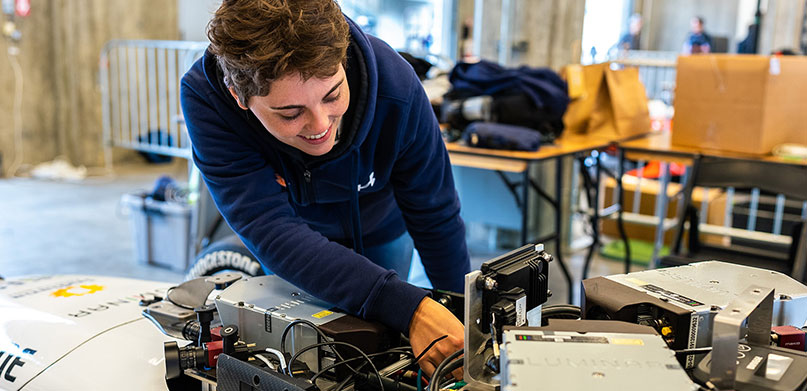

Notice any new drivers on the road? Ones that don’t look like…drivers? It’s thought that by 2030, autonomous vehicles will be technologically sufficient to replace human drivers at a mass scale. This will likely have a profound impact on the nation’s 3.5 million truckers and 243 million licensed drivers. While many programs are training autonomous vehicles in urban and suburban environments, equal attention must be paid to rural areas, which encompass 72% of the nation’s roadways and see nearly half of America’s traffic deaths. And when it comes to finding these solutions, all roads lead to Auburn, Alabama.

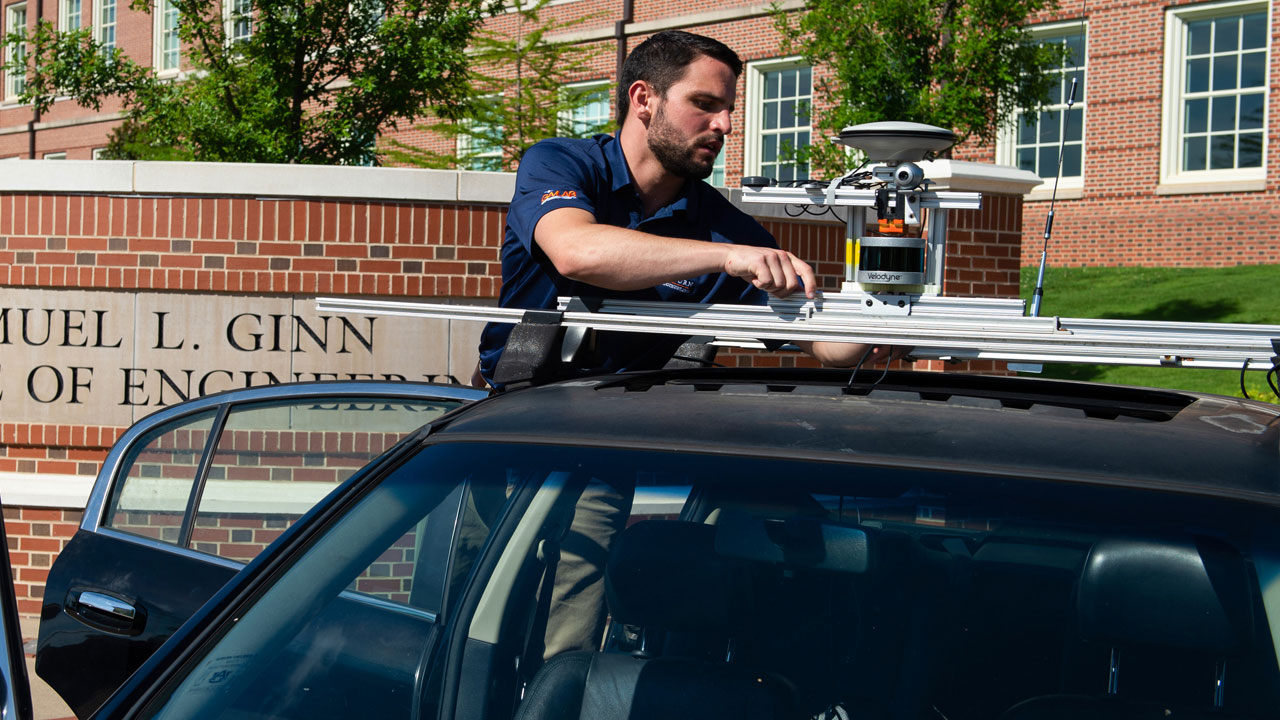
To develop industry-leading insight, you need a dedicated team of forward-thinking mechanical engineers who are ready to roll up their sleeves.
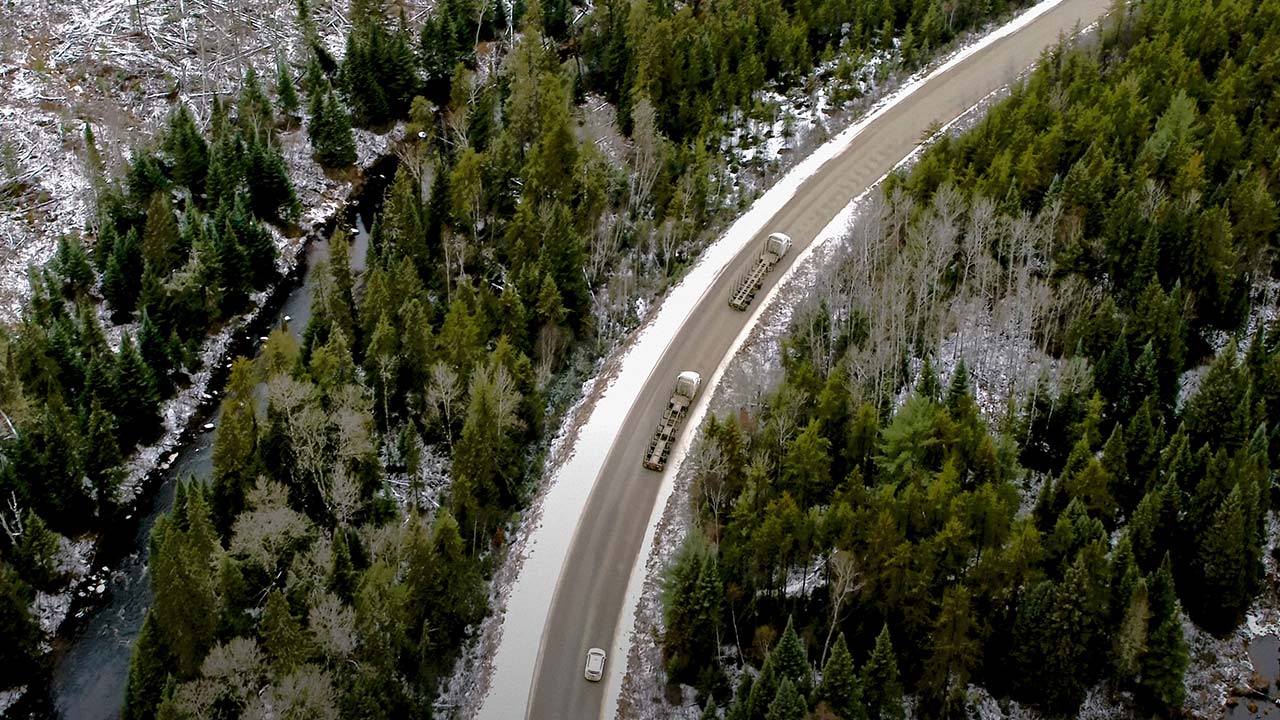
At the GPS and Vehicle Dynamics Lab (GAVLAB), our researchers gather data and develop new technologies crucial for advancements in automated driving and truck platooning. Our findings are then tested on the only high-speed, full-scale accelerated pavement testing facility in the world, which allows us to simulate conditions found on rural roads.
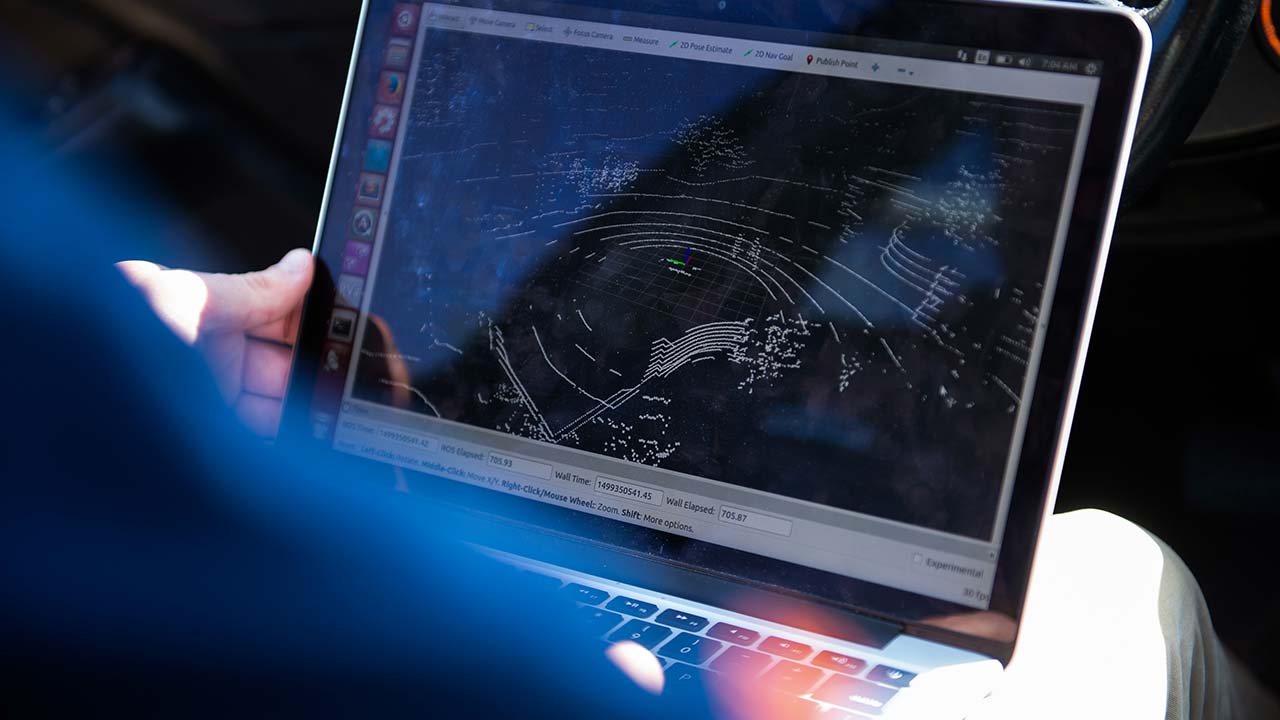
Road mapping technologies enable us to reduce erroneous GPS data for a safer driving experience, and truck platooning leads to increased fuel efficiencies, decreased traffic congestion, and improved safety in both commercial and military applications.
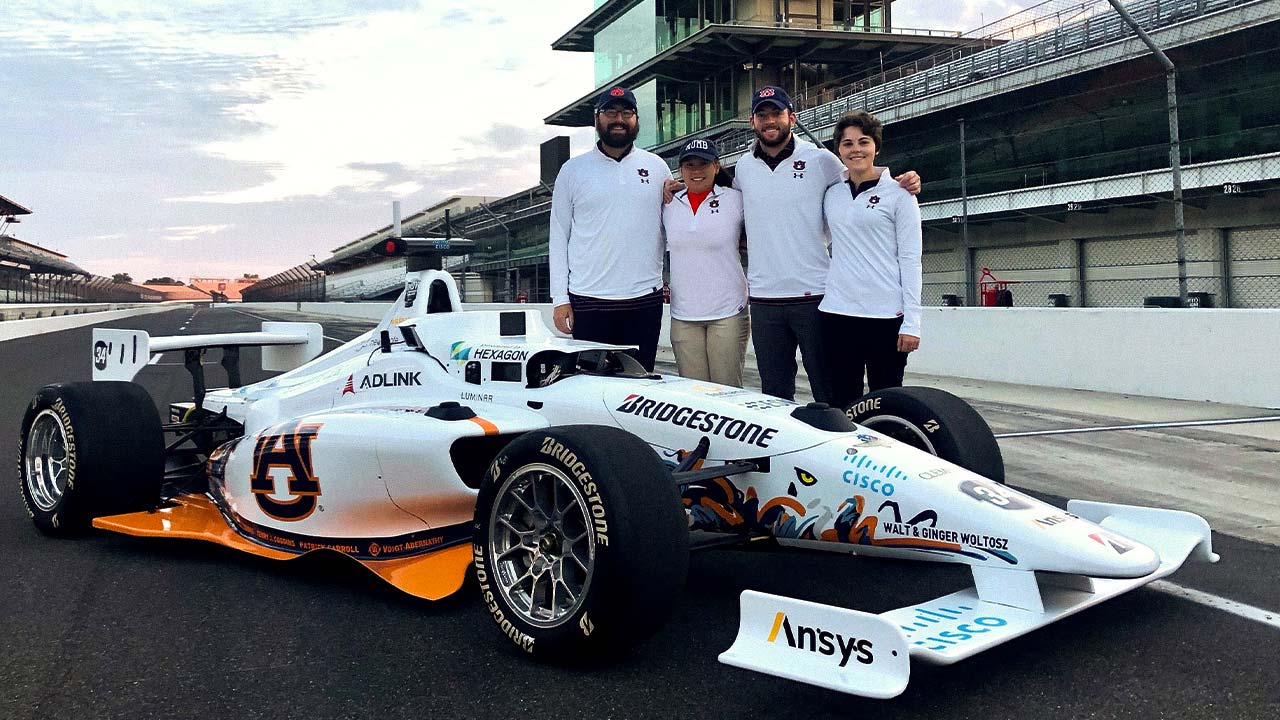
When we want to push the limits of this technology, we hand it off to our Autonomous Tiger Racing team who were the first to complete a lap on a professional track in the United States without any human intervention.

Despite the complexities, autonomous vehicles are a natural fit for rural America, and if we have anything to say about it, the future might not be far off.




